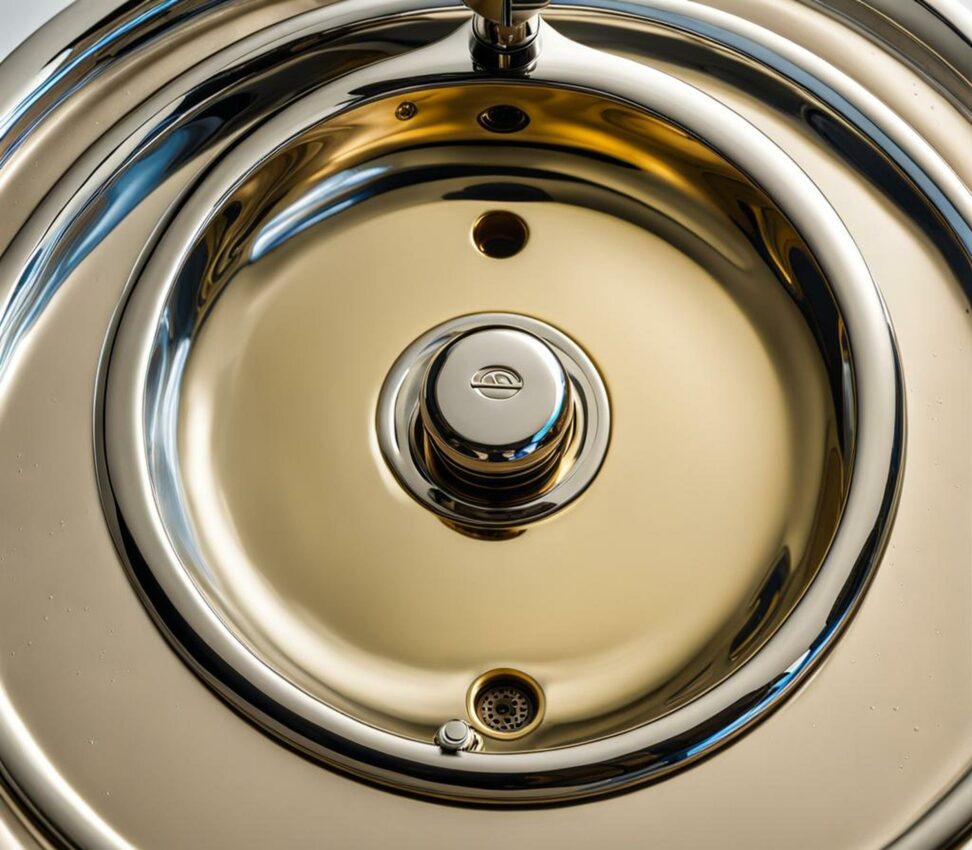No Water From Your Faucet? Fix a Clogged Kitchen Sink Fast
It's incredibly frustrating when you turn on your kitchen faucet and only a trickle of water sputters out. A clogged faucet that barely drips when you want full water pressure makes completing tasks like washing dishes a real chore.
Clogged kitchen faucets usually stem from built-up sediment and mineral deposits over time. Hard water scale, rust flakes, and grime clog the faucet aerator screen and interior faucet parts. Fortunately, most clogged sink faucets can be quickly unclogged with some simple DIY troubleshooting.
Check That Supply Valves Are Open
Start by inspecting the water supply valves mounted under your kitchen sink. Shutoff valves control the flow of hot and cold water to your faucet. Over time, these valves can get bumped or nudged into a partially closed position.

Turn the hot and cold water valves counterclockwise as far as they'll go to make sure both are fully open. Opening supply valves all the way often fixes a clogged faucet. If they were partially closed, fully opening them restores normal water flow.
Remove and Clean Clogged Faucet Aerator
The small screen on the tip of your faucet is the aerator. It mixes air into the water stream to prevent splashing. It also contains a fine mesh filter to trap debris particles.
Particles like sediment, bits of limescale and mineral deposits, and other gunk can build up in the aerator over time. This clogs the screen, restricting the water flow from your faucet.
Unscrew the aerator from the faucet tip. Rinse it under running water to clear away any debris caught in the screen. For stubborn clogs, soak the aerator overnight in white vinegar to dissolve scale deposits before rinsing clean.
Clear Limescale Buildup Inside Faucet
Hard water results in limescale that slowly accumulates inside pipes, faucets, showerheads and appliances that use water. Too much limescale buildup in your kitchen faucet severely reduces water flow.
Remove the faucet aerator and place a plastic bag filled with vinegar around the faucet nozzle. Secure it with a rubber band and let the vinegar soak for a few hours to dissolve scale blockages. Then use needlenose pliers to carefully pull away any loose scale.
Inspect for Debris Blockages
In some cases, random debris can make its way into the faucet body and get stuck, blocking water flow. Bits of old washer gaskets, loose sediment, or small items like a plastic bag can all lead to a clogged kitchen faucet.
Shut off the water supply valves and then carefully disassemble the faucet. Inspect inside for any debris. Remove any stuck debris before reassembling the faucet and restoring water supply.
When to Call a Plumber
DIY methods like descaling or disassembly to clear blockages can fix many clogged kitchen faucets. But if your faucet is still clogged after trying these approaches, it may be time to call in a plumber.
A plumber can use high-pressure augers to clear stubborn clogs or mineral scale in supply pipes in the wall. For old fixtures, they can assess if a full faucet replacement is needed.
Getting your kitchen faucet working again properly is worth the cost of hiring a pro. You don't want to go without a functioning sink for too long.
Don't tolerate an annoying slow drip from a clogged kitchen faucet. Inspect supply valves, clean the aerator, and descale the faucet to get your water flowing fast again.
Pay attention to changes in your faucet's performance so you can stay on top of maintenance. A regular descaling keeps damaging limescale from accumulating and helps prevent clogged faucets.